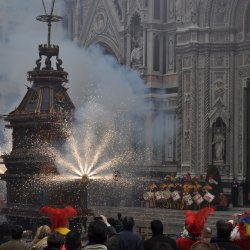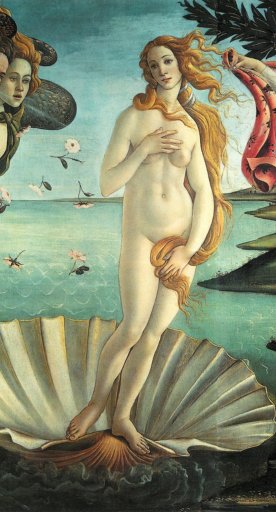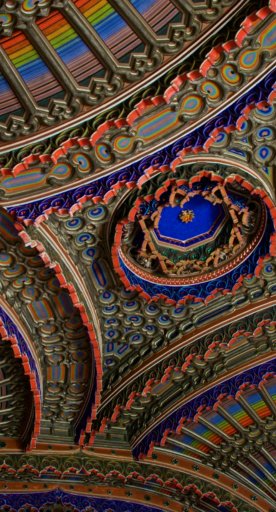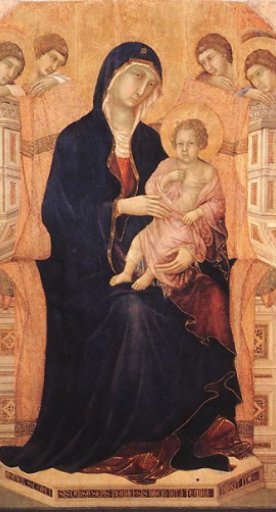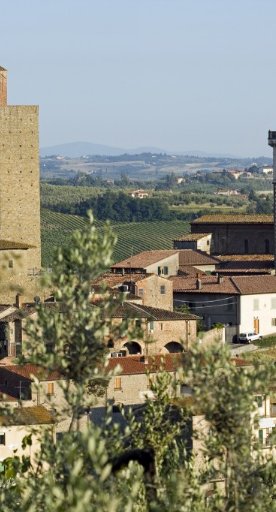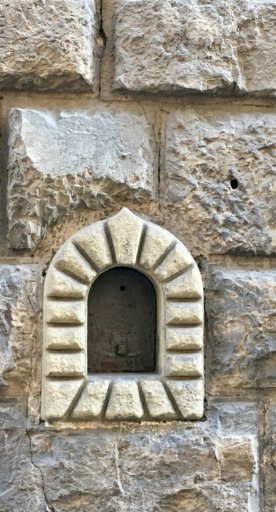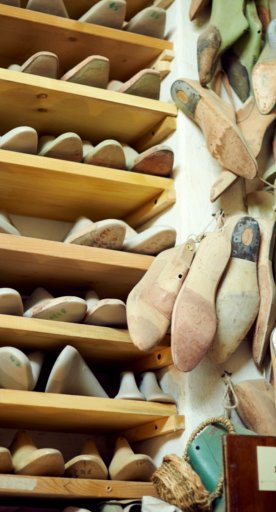5 books based in Tuscany
Explore Tuscany through the pages of some of the most well-loved literature that has sprung from this inspiring landscape
Discover Tuscany through the works of authors inspired by the spectacular landscape. Travel vast picturesque distances and immerse yourself in the rich culture through the words of those passionate and enamoured with the beauty and lifestyle of Tuscans.
Here are five works that use Tuscany as a setting, enhancing your visit to the sites mentioned and giving you a whole range of colour to your experience.
-
1."A room with a view" di E.M. Forster
-
2."Inferno" by Dan Brown
-
3."Under the Tuscan sun" by Frances Mayes
-
4."The Agony and the Ecstasy" by Irving Stone
-
5."The Count of Montecristo" by Alexandre Dumas
"A room with a view" di E.M. Forster

First published in 1908, this tale by English writer E.M. Forster tells of Lucy Honeychurch, a young upper middle class woman, who visits Italy under the charge of her older cousin Charlotte. Their guesthouse in Florence looks out over the river Arno, an idyllic, romantic vista that has enticed many a traveller since. Fellow guests Mr. Emerson and his son George become companions of Lucy and Charlotte, embarking on picturesque picnics in the Florentine countryside and excursions to some of the main sights, with detailed descriptions of Santa Croce church, walks through piazza Signoria and outings in the surrounding hills. This is a vision of Florentine life that immerses you in the romantic and charming city encountered by English tourists on their Grand Tour. A coming-of-age journey, we follow Lucy go from a young woman initially stifled by restrained Edwardian ideals and then as she gradually warms to more liberal mores. The joyful life in Italy has a lot to do in helping her to understand love and assists her in finding happiness.
The vivid characters and humorous dialogue lends itself well to stage and film adaptation, the most popular of which is Merchant Ivory’s award-winning film adaptation in 1985, with Helena Bonham Carter in the lead role.
"Inferno" by Dan Brown

Dan Brown also takes us to Florence, but in a completely different guise. Published in 2013, "Inferno" is the fourth book in the Robert Langdon series ((after "Angels and Demons", "The Da Vinci Code" and "The Lost Symbol"), a New York Times Best Seller that set in motion flocks of tourists heading to Florence to follow the trail of lead characters. Starting off in a hospital in Florence, we are brought through the Boboli Gardens, the Vasari Corridor and Palazzo Vecchio as part of a high-speed thriller as Robert Langdon and Dr. Sienna Brooks fight to prevent a potentially catastrophic crime.
Keep an eye out for references to the Gates of Paradise of the Baptistery, Botticelli’s Map of Hell (based on Dante’s Inferno) and The Battle of Marciano by Vasari in Palazzo Vecchio, as these famous artworks become key components of the intricate plot!
A popular cinematic interpretation was released in 2016, directed by Ron Howard and with Tom Hanks and Felicity Jones in the lead roles.
"Under the Tuscan sun" by Frances Mayes

An autobiographical story by Frances Mayes that begins when the author, recently divorced, purchases an abandoned villa in the heart of the Tuscan countryside, in Cortona, with the dream of returning it to former glory and to carve out a new life. A fantasy of many, how she struggles to live out her idyllic Tuscan ambition is a riveting and heartwarming journey, leading us to appreciate her love for the simple pleasures of great quality local food, and the pleasant company of neighbours. While restoring her newly acquired home, she discovers centuries-old frescoes hidden beneath the paintwork, and a vineyard buried beneath the wild overgrowth. Her trips to the bustling nearby markets and how she learns to communicate with locals, ultimately being embraced by the community, is a joyful and uplifting read, filled with the delights of ordinary Tuscan life.
A 2003 film adaptation was written, produced and directed by Audrey Wells and starred Diane Lane.
"The Agony and the Ecstasy" by Irving Stone

The 1961 biographical novel of Michelangelo Buonarroti written by American author Irving Stone unveils the artist in an unprecedented way. Stone lived in Italy for years, even working in marble quarries and as an apprentice to a marble sculptor, helping him bring the story of the great sculptor to such vivid life. Michelangelo’s correspondence is a primary source for the novel. The expertly researched novel benefits from Stone’s collaboration with Canadian sculptor Stanley Lewis who specialised in Michelangelo’s carving technique and tools. The novel earned Stone several awards by the Italian government for his efforts to highlight such an important part of Italian history.
Works discussed in the novel included Donatello’s Wooden Crucifix (1406-08) in Santa Croce Basilica and Brunelleschi’s Wooden Crucifix (1410-15) in Santa Maria Novella.
A major Hollywood film adaptation in 1965 starred Charlton Heston as Michelangelo and Rex Harrison as Pope Julius II.
"The Count of Montecristo" by Alexandre Dumas

Published in serial form from 1844-46, this much-loved adventure novel by French author Alexandre Dumas (of "The Three Musketeers" fame) takes place in France, Italy, and the islands in the Mediterranean during the period of 1815-1839. The era of the Bourbon Restoration and the reign of Louis-Philippe of France forms the backdrop for the plot rich in themes of hope, vengeance, mercy and justice. It begins just before the Hundred Days period when Napoleon returned to power after his exile. Centering on Edmond Dantès who was wrongfully imprisoned and who subsequently escapes from jail, he goes about seeking revenge on those responsible for his imprisonment after being assisted by an Italian fellow prisoner Abbé Faria ("The Mad Priest"), who directed him to the location of a treasure on the island of Montecristo. Eventually he will acquire the island and the title of Count from the Tuscan government.
This much-loved literary classic has received several adaptations. The most famous one is the 1998 one with Gérard Depardieu in the lead role.









